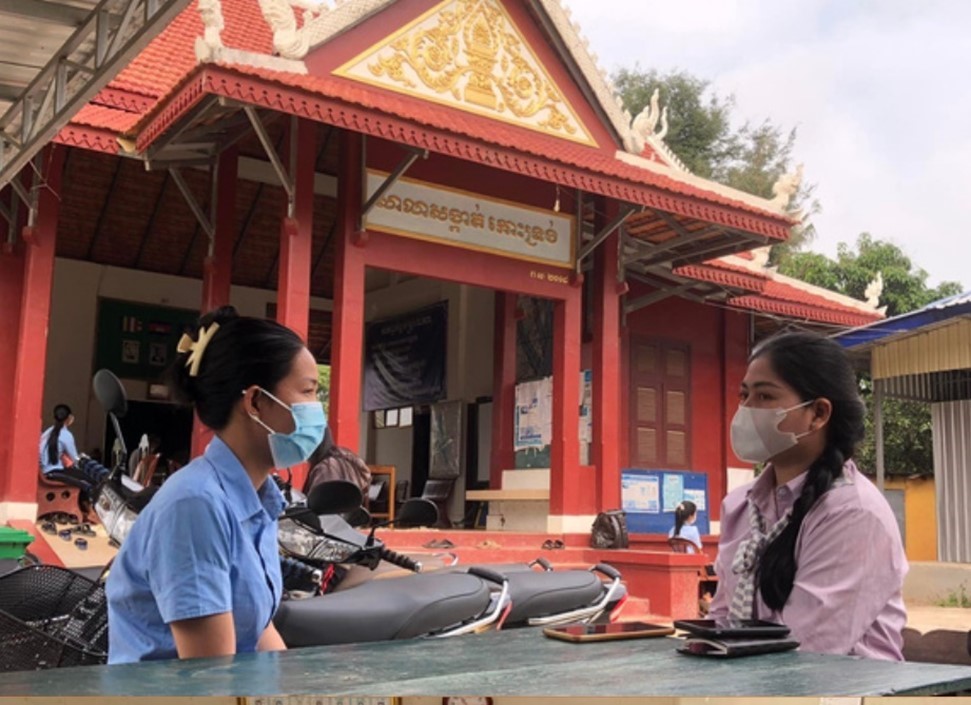History of CARE International's work in Cambodia
CARE International first started working in Cambodia in 1973, initially focusing on food distribution, healthcare, and education. Beginning in 1975, CARE International supported millions of Cambodian refugees fleeing the Khmer Rouge and living along the Thai border. In 1991, our office in Phnom Penh was re-opened.
Since emerging from conflict, Cambodia has experienced high levels of economic growth. Despite this, millions are still living in extreme poverty. Over time, CARE Cambodia's programming has shifted from short-term assistance to long-term projects that aim to tackle the root causes of poverty.
What CARE International does in Cambodia
CARE Cambodia works primarily with marginalized women, including women in urban areas who are marginalized by occupation, women and girls from ethnic minorities, and rural women who are denied social and economic rights.
Our work in Cambodia focuses on:
Since 2020, CARE Cambodia has been responding to COVID-19 in Cambodia, especially in the garment sector. Through a Rapid Gender Analysis, CARE identified how female garment workers are uniquely affected by the pandemic, and responded by raising health and hygiene awareness, supporting laid-off workers, and continuing to support sexual and reproductive health and gender-based violence services.









